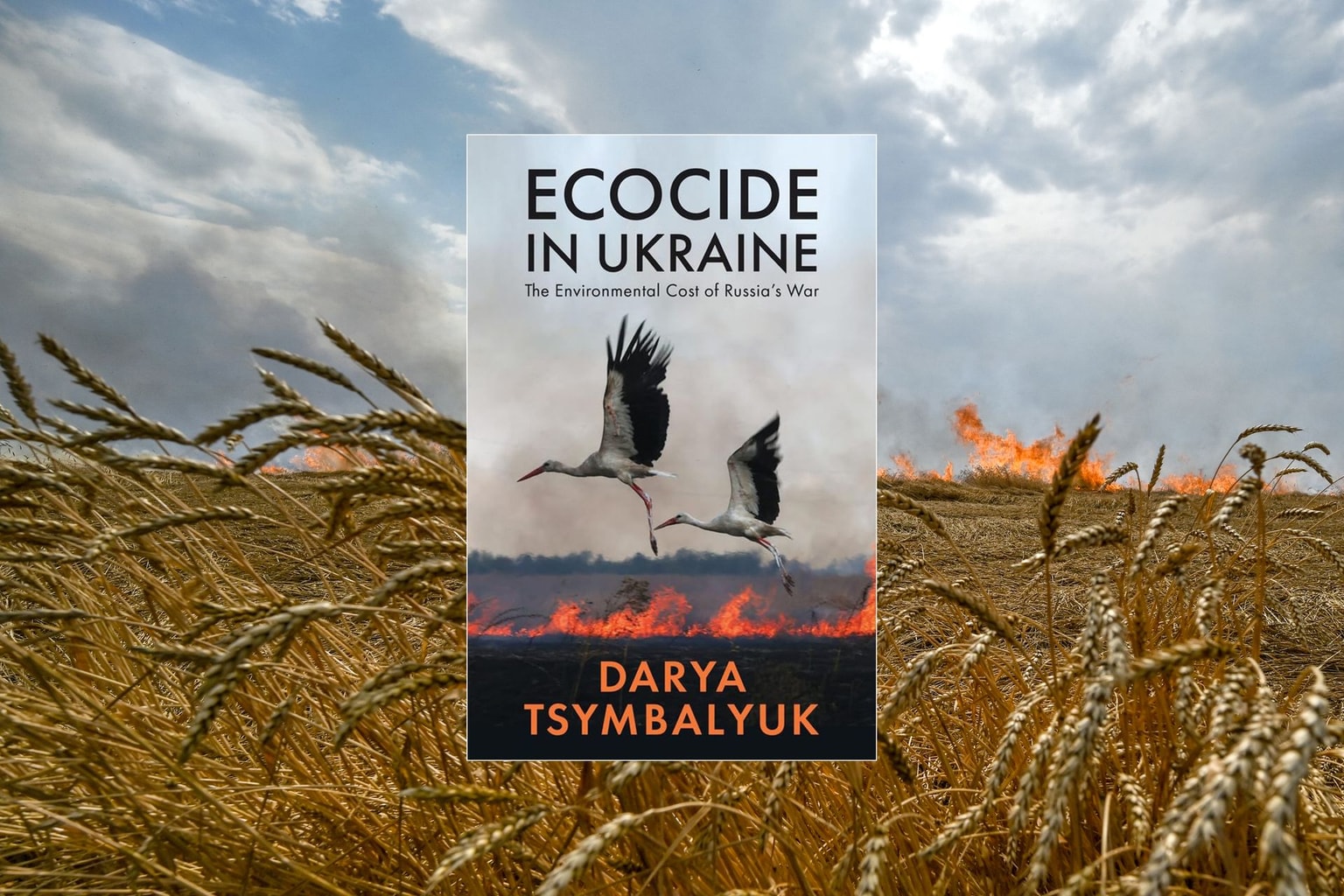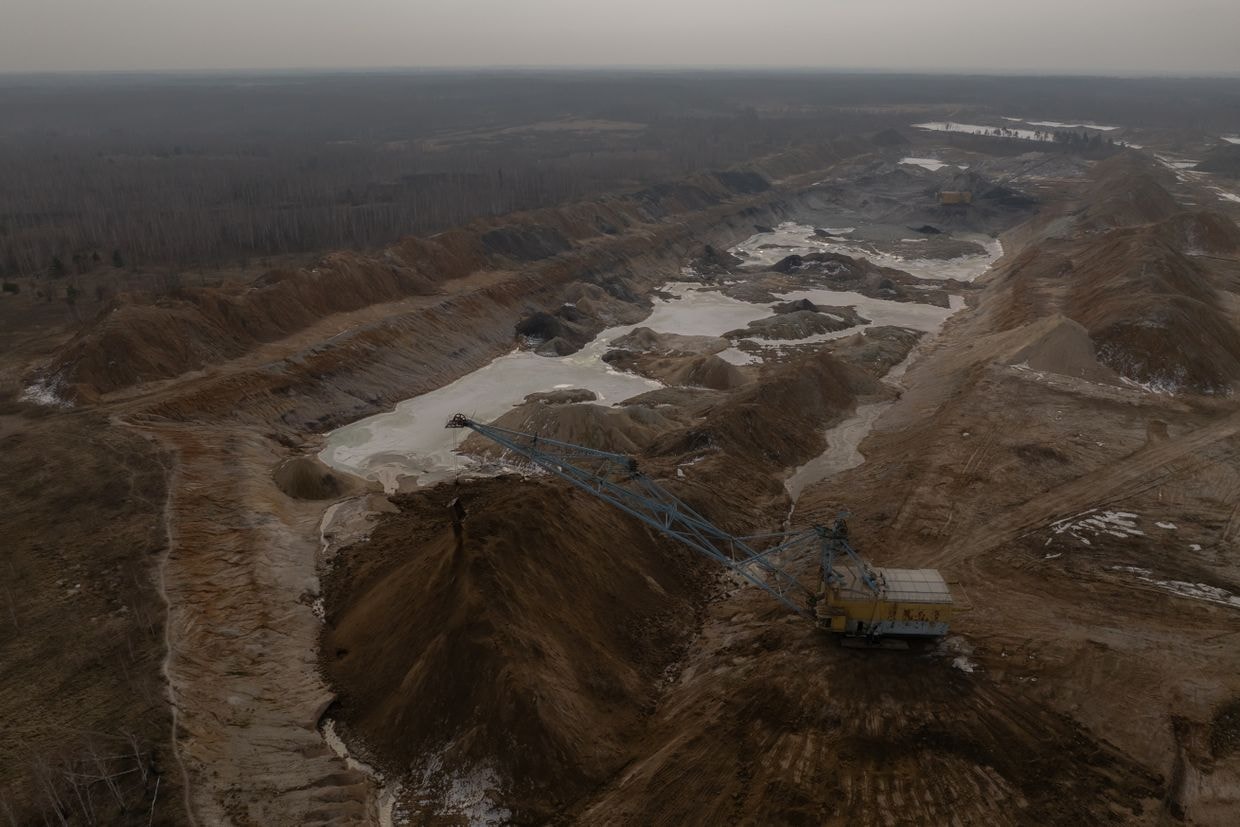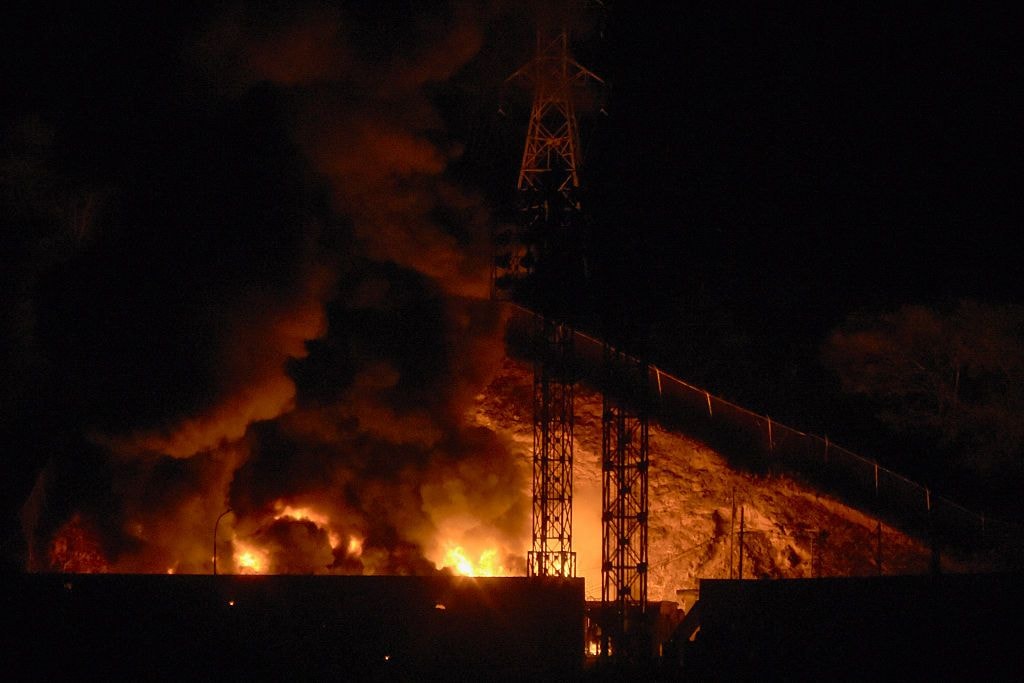
Ecocide
News Feed
Ukraine war latest: Putin spent Orthodox Christmas at military base church, independent Russian media says
Hello, this is Asami Terajima reporting from Kyiv on day 1,414 of Russia's full-scale invasion of Ukraine. Today's top story: Russian President Vladimir Putin appears to have marked Orthodox Christmas at a church in a military base, the Russian independent investigative media outlet Agentstvo reported on Jan. 7. Agenstvo, citing its analysis from a video released by the Kremlin, said it identified the location as the Church of the Great Martyr George the Victorious, located at the base of the

US, Ukraine launch online portal for potential investment projects under minerals deal
The U.S. International Development Finance Corporation (DFC) on Jan. 7 launched an online portal for applicants to submit projects to a U.S.-Ukraine reconstruction fund, saying the first investments could be made in the months ahead.

US seizes Russian-flagged oil tanker after it evaded Venezuela blockade
Russia appealed to the U.S. to halt the pursuit and reportedly dispatched a submarine and other vessels to escort the tanker before it was boarded by U.S. forces.

Zelensky visits Cyprus as Nicosia's EU presidency begins
President Volodymyr Zelensky arrived in Cyprus to meet his Cypriot counterpart, Nikos Christodoulides, and top EU officials, presidential spokesperson Serhii Nykyforov said on Jan. 7.

Ukrainian negotiators meet Witkoff, Kushner to discuss potential leaders' meeting
Rustem Umerov said the talks centered on the peace framework and "further contacts at the leaders' level involving Ukraine, European partners, and the United States."

Russia expands internet blackouts under pretense of drone threats, but real goal appears to be information control
Authorities in Russia's Kamchatka Krai announced on Jan. 7 that they had restricted mobile internet access, citing the threat of Ukrainian drone attacks — despite the region being located over 9,000 kilometers from Ukraine's border.

Most Popular
Of all the images that emerged from the U.S. military operation to capture Venezuelan leader Nicolas Maduro on Jan. 3, one of the most surreal was the sight of a fleet of American helicopters flying unchallenged over the skies of Caracas. Video from Caracas, Venezuela shows U.S. military helicopters, including CH-47 Chinook and V-22 Osprey aircraft, operating over Caracas alongside multiple explosions. The cause and context of the blasts remain unconfirmed. pic.twitter.com/owOx9X7DPP — George

















